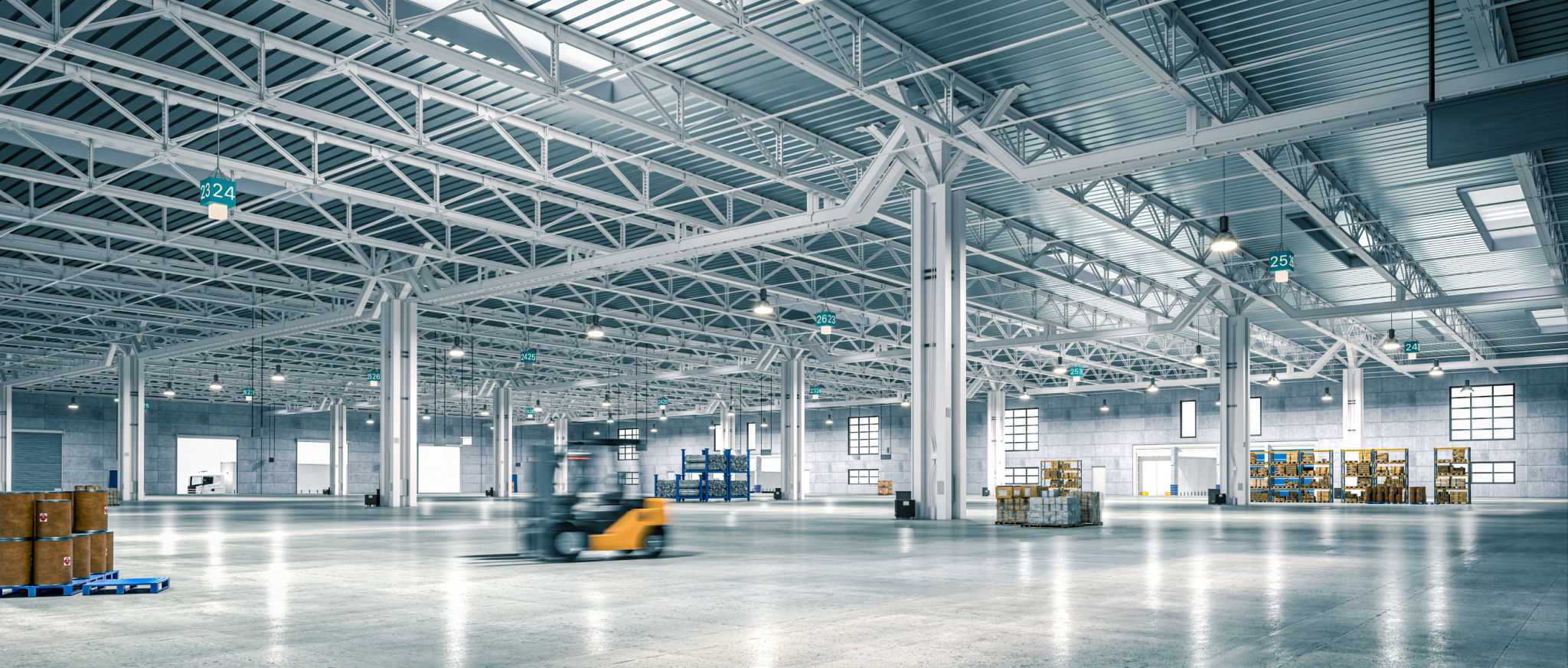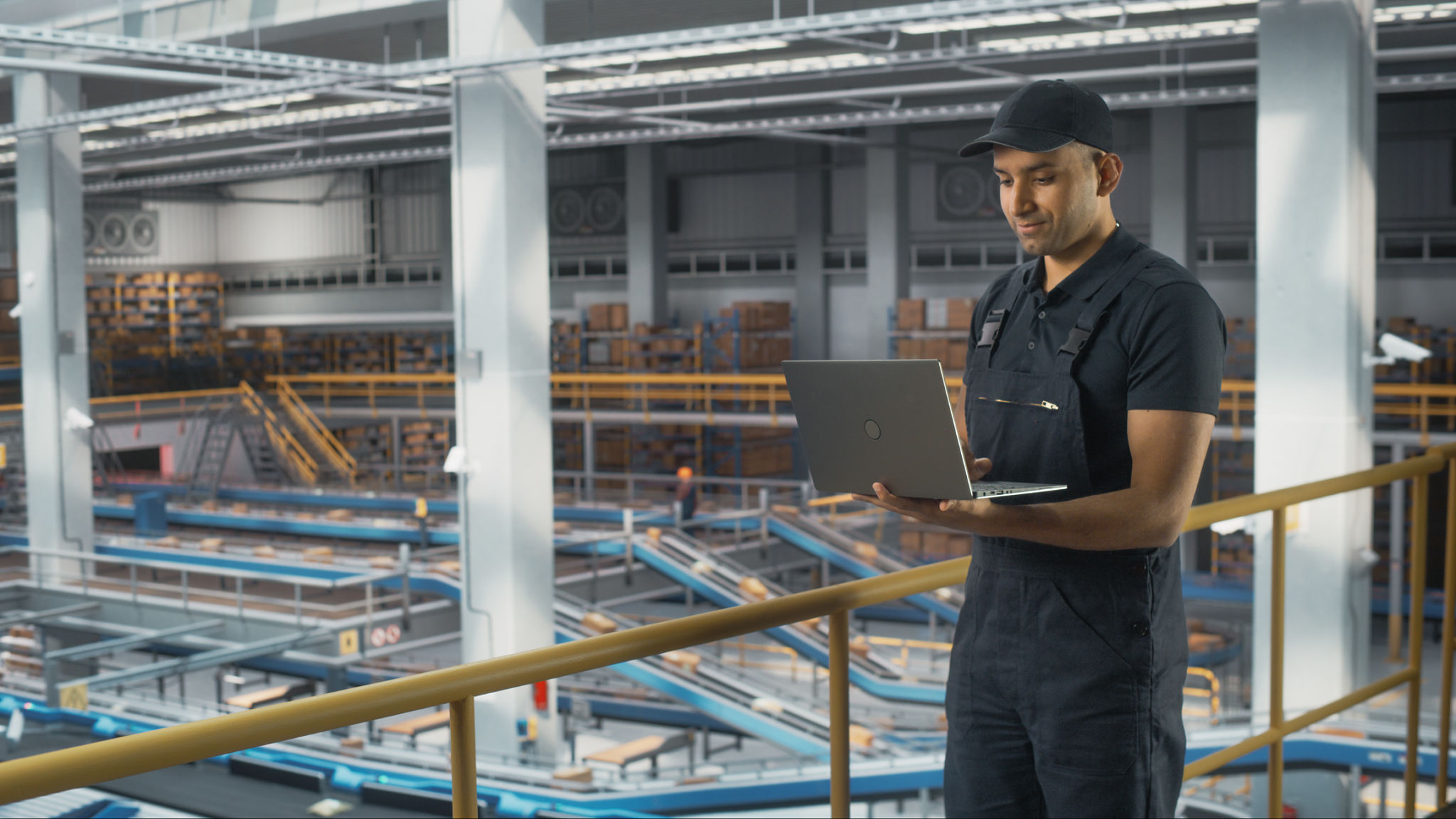Case Study: How Emprex Transformed a Local Warehouse into a Model of Efficiency
Introduction to the Challenge
Emprex faced a daunting task: transforming a local warehouse into a model of efficiency. The warehouse, previously plagued with disorganized inventory and inefficient processes, was in dire need of a complete overhaul. Emprex, known for its innovative approach to logistical optimization, stepped in to revolutionize the space.
The goal was clear: streamline operations, reduce waste, and increase productivity. These objectives were essential not only for improving the warehouse's functionality but also for setting a standard of efficiency that could be replicated elsewhere.

Initial Assessment and Strategy
Emprex began with a comprehensive assessment of the warehouse's current operations. This involved closely examining the layout, inventory management, and workflow processes. The findings revealed numerous bottlenecks and areas ripe for improvement.
The strategy developed by Emprex focused on three key areas: optimizing space utilization, enhancing inventory tracking, and implementing technology-driven process improvements. This strategic plan formed the backbone of the transformation efforts.
Optimizing Space Utilization
One of the primary challenges was the inefficient use of space. The warehouse had vast areas that were either underutilized or cluttered with unnecessary items. Emprex introduced a new layout that maximized storage capacity while ensuring easy access to all items.
By reorganizing shelving units and creating dedicated zones for different categories of products, the team was able to significantly improve space utilization. This change not only made it easier to locate items but also reduced the time spent on retrieving them.

Enhancing Inventory Tracking
Accurate inventory tracking is crucial for any efficient warehouse operation. Prior to Emprex's intervention, inventory discrepancies were a frequent issue, leading to delays and errors in order fulfillment.
Emprex implemented a state-of-the-art inventory management system that utilized barcode scanning and real-time data updates. This system allowed for precise tracking of stock levels and facilitated quicker restocking processes.
Technology-Driven Process Improvements
The use of technology played a pivotal role in transforming the warehouse. Emprex introduced automated guided vehicles (AGVs) to handle routine tasks such as transporting goods between different zones within the warehouse.
This automation reduced the need for manual labor in repetitive tasks, allowing staff to focus on more value-added activities. Additionally, the integration of data analytics tools provided insights into operational performance, enabling continuous improvement.

Results and Impact
The transformation led by Emprex yielded impressive results. The warehouse saw a significant reduction in operational costs and an increase in productivity. The streamlined processes resulted in faster order fulfillment and improved customer satisfaction.
Moreover, the project showcased Emprex's ability to turn a struggling facility into an exemplar of efficiency. The success of this transformation serves as a model for other warehouses facing similar challenges.
Conclusion
Emprex's approach to transforming the local warehouse highlights the power of strategic planning, technological integration, and process optimization. By addressing key inefficiencies and implementing innovative solutions, Emprex was able to create a highly efficient operation.
This case study not only underscores the importance of continuous improvement in logistics but also demonstrates how systematic changes can lead to substantial gains in efficiency and productivity.
